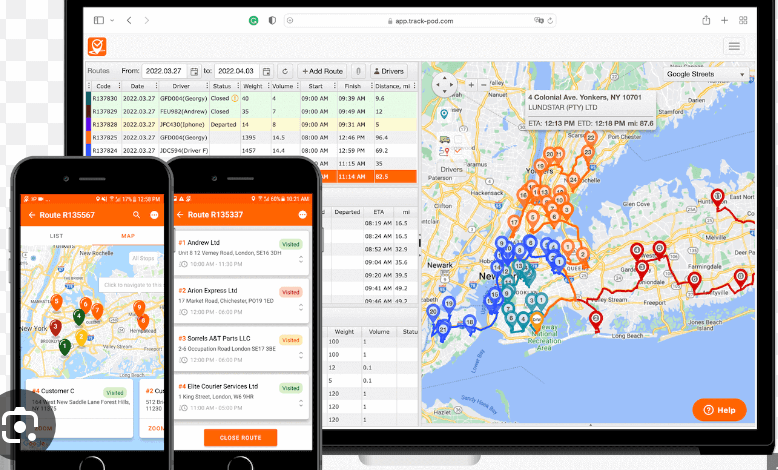How to Streamline Operations with Transportation Management Software

Introduction
Efficiently managing transportation operations is crucial for educational institutions to ensure the safe and timely transportation of students. Traditional manual processes for managing transportation can be time-consuming, error-prone, and lack the necessary visibility and control. However, with the advent of transportation management software, educational institutions can streamline their transportation operations, improve efficiency, and enhance overall safety. In this article, we will explore how transportation management software can be utilized to streamline operations effectively.
Centralized Transport Management
Transportation management software offers a centralized platform to manage all aspects of transportation operations. Administrators can easily oversee the scheduling, routing, and tracking of buses, ensuring a streamlined process. With a transport management system, educational institutions can have real-time visibility into bus locations, monitor driver performance, and efficiently handle any changes or disruptions in the transportation schedule.
Route Optimization and Planning
Transportation management software provides powerful route optimization capabilities that help optimize bus routes based on various factors such as distance, time, and traffic conditions. By analyzing these factors, the software can generate the most efficient and cost-effective routes, minimizing travel time and fuel consumption. With optimized routes, educational institutions can ensure timely pick-ups and drop-offs, reducing wait times for students and improving overall operational efficiency.
Real-Time Tracking and Communication
Transportation management software enables real-time tracking and communication between drivers, administrators, and parents. With GPS tracking devices installed on buses and integrated with the software, administrators can monitor the exact location of each bus in real-time. This information can be shared with parents, ensuring transparency and providing them with accurate information about bus arrivals and departures. Real-time communication features also enable administrators to quickly notify parents of any changes or delays, improving parent satisfaction and reducing potential concerns.
Efficient Driver Management
Transportation management software simplifies driver management by providing a centralized platform to handle driver assignments, schedules, and performance tracking. Administrators can easily assign drivers to specific routes, monitor driver behavior and adherence to safety protocols, and ensure compliance with licensing and certification requirements. By streamlining driver management, educational institutions can enhance driver performance, improve safety, and maintain better control over their transportation operations.
Automated Maintenance and Inspection Tracking
Keeping school buses in optimal condition is crucial for safe transportation. Transportation management software can automate maintenance and inspection tracking, ensuring that buses are regularly serviced and comply with safety regulations. The software can schedule routine maintenance tasks, send reminders for inspections, and track maintenance history. By automating these processes, educational institutions can proactively address maintenance issues, reduce breakdowns, and ensure the safety and reliability of their transportation fleet.
Data Analytics and Reporting
Transportation management software offers robust data analytics and reporting capabilities, providing valuable insights into transportation operations. Administrators can generate reports on key metrics such as on-time performance, fuel consumption, maintenance costs, and driver behavior. These insights enable educational institutions to identify areas for improvement, make data-driven decisions, and optimize their transportation operations continuously.
Conclusion
Implementing transportation management software is a game-changer for educational institutions looking to streamline their transportation operations. By utilizing a transport management system, institutions can centralize transport management, optimize bus routes, enable real-time tracking and communication, efficiently manage drivers, automate maintenance tracking, and leverage data analytics. These features enhance operational efficiency, improve safety, and ensure a seamless transportation experience for students and parents.
With transportation management software, educational institutions can overcome the challenges associated with manual transportation management, reduce administrative burdens, and enhance overall effectiveness. By streamlining operations, institutions can focus more on providing a safe and efficient transportation system, contributing to a positive educational experience for students and peace of mind for parents. Embracing




